The Ram Rampage, a compact pickup truck developed by Stellantis and manufactured in Brazil, is making its first public appearance in Europe this week, bypassing the United States despite earlier speculation about a North American launch. This unibody vehicle—sized between a midsize truck and an SUV—is Ram’s latest move to tap into global demand for lifestyle-focused utility vehicles.
The Rampage will debut at Fieracavalli, an equestrian exhibition held in Verona, Italy, from November 6 to 9, marking what the company calls a “European preview.” While full pricing and specifications will be confirmed at the event, the truck is already being marketed as a viable alternative to larger pickups ill-suited to Europe’s narrower roads and compact urban environments.

Ram’s decision reflects a broader trend among automakers adapting to regional preferences and regulatory constraints. In Europe, that means smaller, more fuel-efficient models with flexible utility, while in North America, demand continues to center on higher-capacity, body-on-frame trucks like the Ford Ranger or Toyota Tacoma. With the Rampage, Stellantis is clearly betting that European consumers are ready for a vehicle that blends passenger comfort with light-duty cargo performance.
A Strategic Play for Europe’s Lifestyle Vehicle Market
The Ram Rampage measures just under 5.03 meters (198 inches) in length and is built on the Small Wide platform, a modular architecture also used by the Jeep Compass, Alfa Romeo Tonale, and Dodge Hornet. Unlike Ram’s 1500 or Heavy Duty series, the Rampage is designed to accommodate urban living, smaller garages, and tighter roadways—factors critical in markets like Italy, France, and Germany.
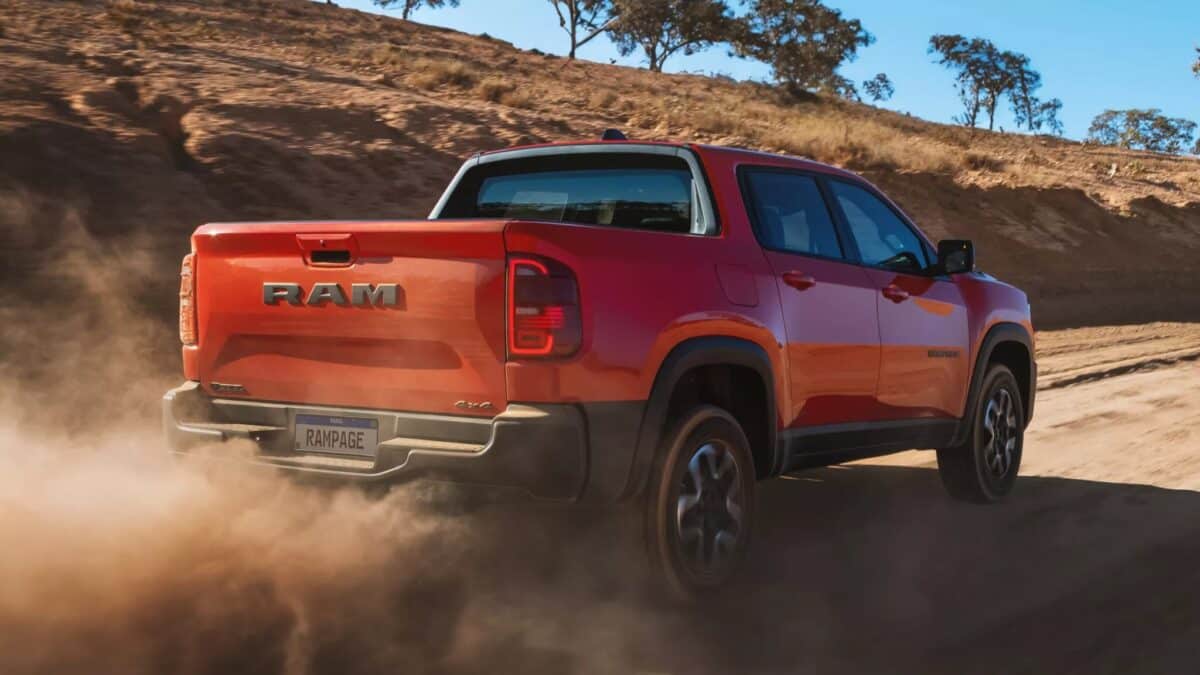
Stellantis, the parent company of Ram, has previously stated that the Rampage “fills a whitespace in the market,” positioning it between C-segment SUVs and midsize pickups. That whitespace reflects a growing niche of buyers seeking versatility without excess, a category that has gained traction as European cities continue to impose stricter emissions standards and parking limitations.
While final European specs are still under wraps, the version sold in South America comes with turbocharged gasoline or diesel engines, all-wheel drive, and a nine-speed automatic transmission. The model shown in Verona is the Rebel trim, hinting that Ram is prioritizing a more upscale, off-road-ready variant for launch.
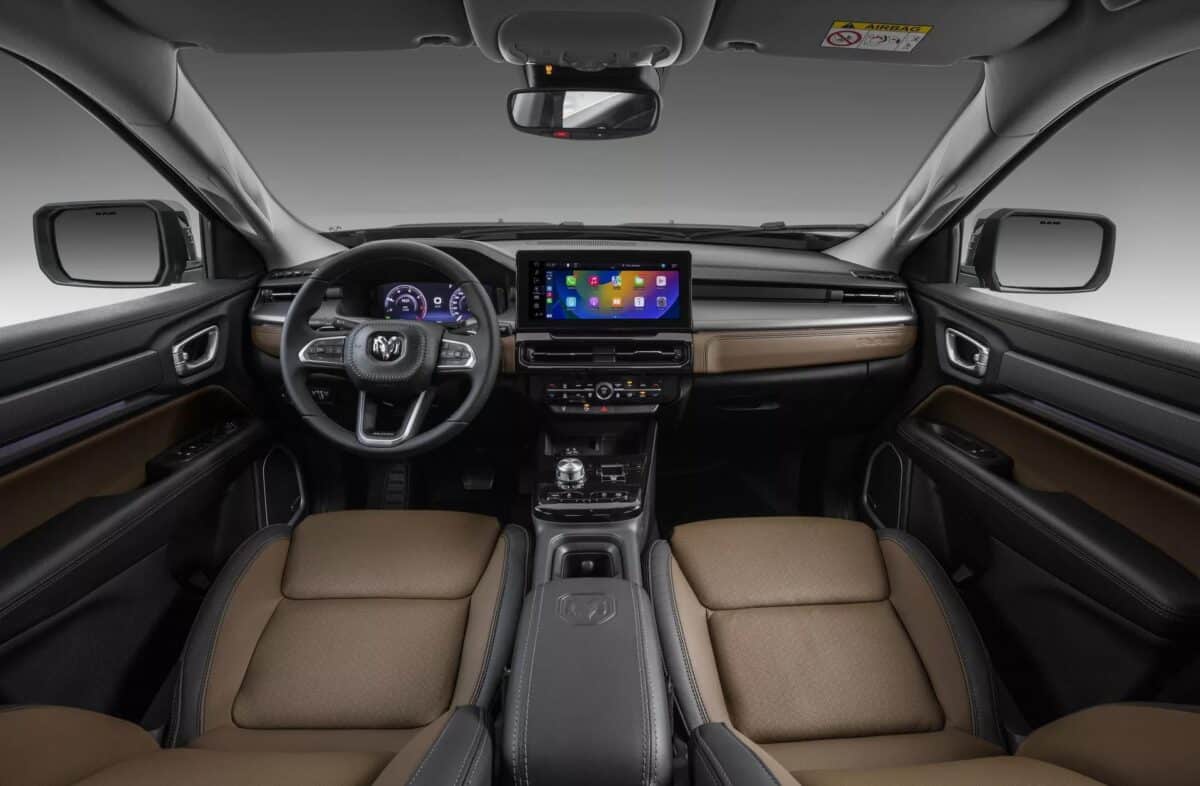
Why the Rampage Isn’t Coming to America—Yet
Initially, industry observers speculated the Rampage would launch in the U.S., serving as a direct competitor to the Ford Maverick and Hyundai Santa Cruz, both compact unibody pickups with strong demand in North America. But high import tariffs on Brazilian-made vehicles have rendered that plan economically impractical.
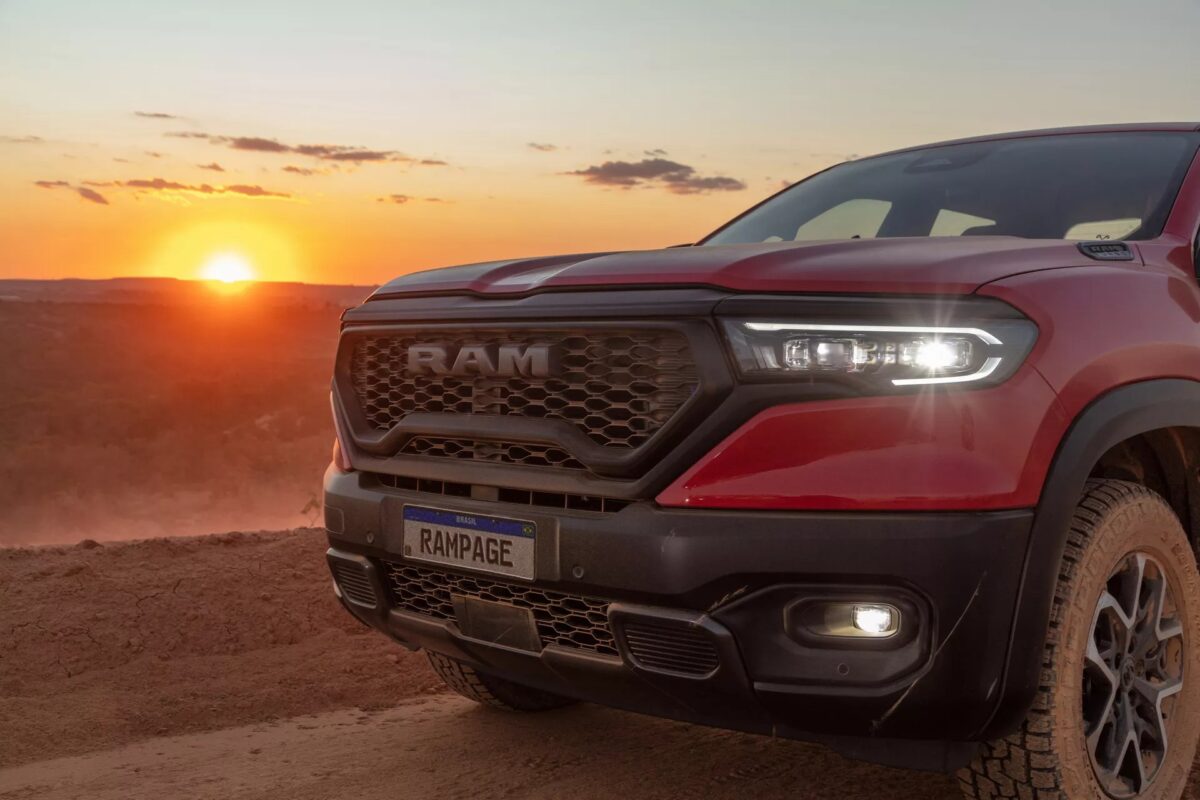
Instead, Ram is focusing on a new ladder-frame midsize truck for the U.S. market, likely intended to revive the Dakota nameplate. That project is said to be unrelated to the Rampage and may be built domestically or in Mexico to avoid tariff complications. Stellantis has not confirmed a release date.
Meanwhile, in South America, a new ladder-frame Dakota—sourced from China—is already on sale, targeting a more traditional pickup audience. The divergence between regions underscores Stellantis’s approach to platform localization, a trend also seen in recent strategies by General Motors and Toyota.
A Calculated Shift in Ram’s Global Portfolio
Although Ram’s footprint in Europe remains modest, its existing network—managed by distributor KW Auto—already sells the 1500 series in select markets. These full-size trucks are niche products in Europe, popular with commercial fleets or specialty customers but largely impractical for mainstream buyers.
By contrast, the Rampage is designed to scale. Its size, platform flexibility, and crossover-like features make it a stronger candidate for broader adoption across the EU. It also allows Ram to tap into a more lucrative segment with lower regulatory hurdles and potentially higher volumes.
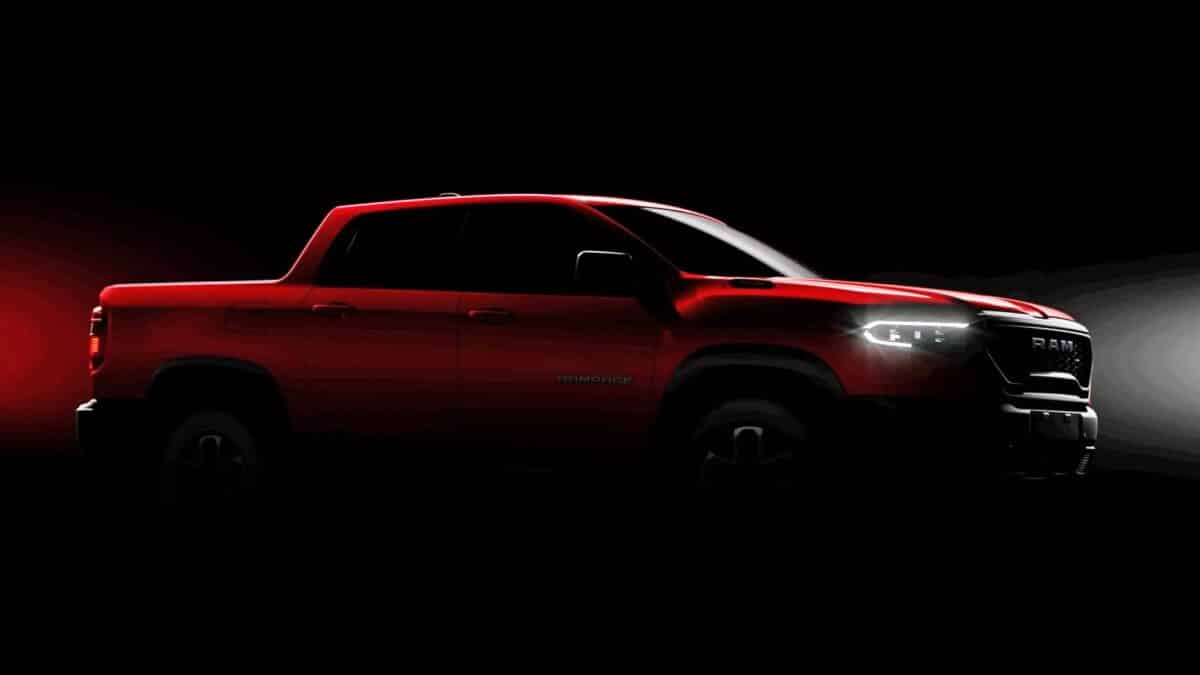
“The Rampage represents an opportunity to diversify Ram’s global reach beyond the North American truck market,” said an auto industry analyst familiar with Stellantis’s European operations. “It’s not just about size—it’s about creating the right product for the right market.”
The truck’s public unveiling at an equestrian show is no accident. Ram is clearly targeting lifestyle buyers—individuals who need utility for sport, hobby, or weekend use, rather than daily towing or job site demands.


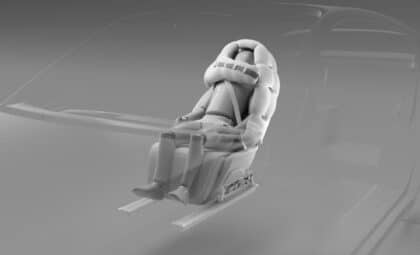







The most stupidest move they could ever done, lmao 🤣 REALLY 🤔